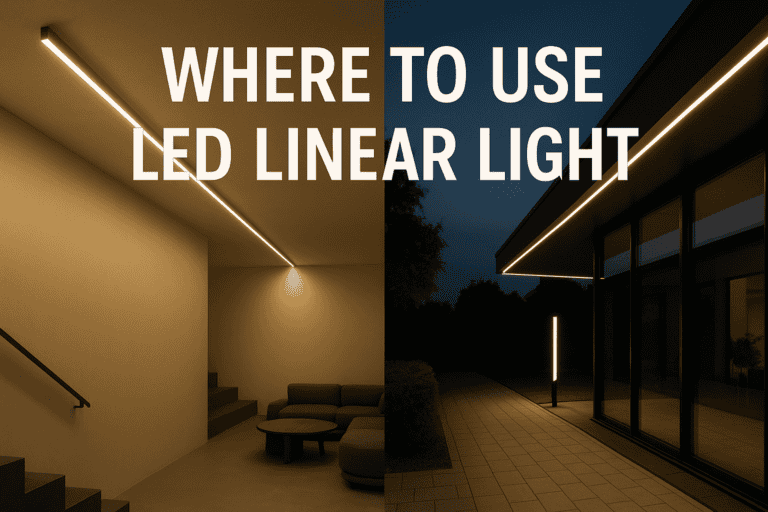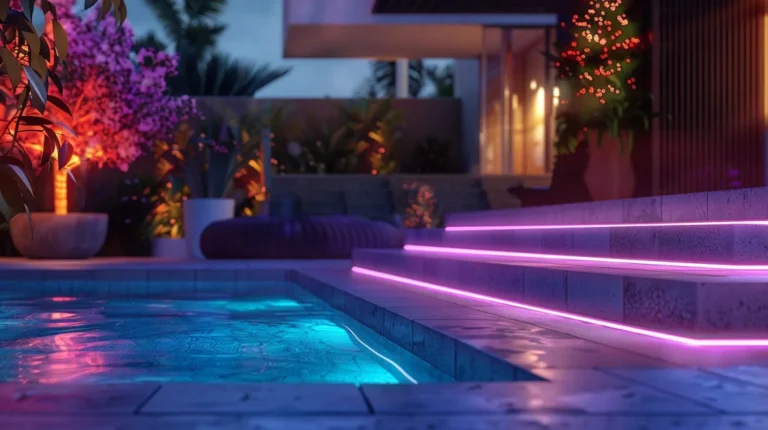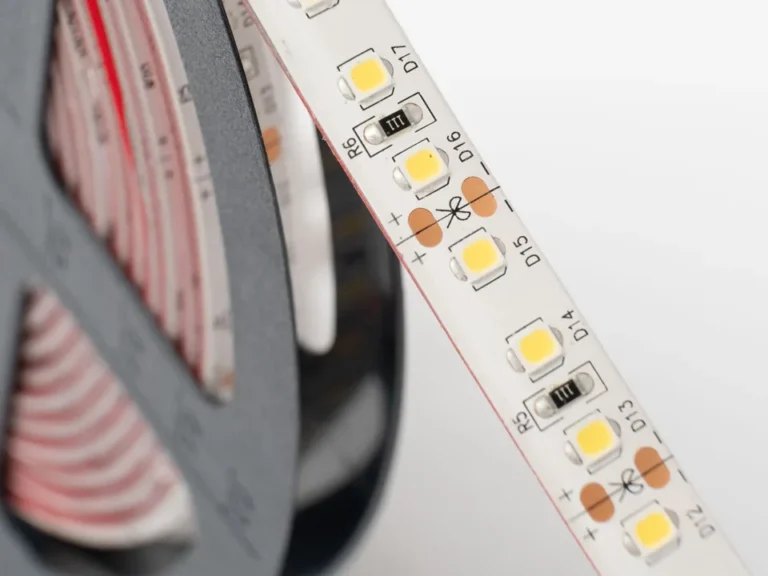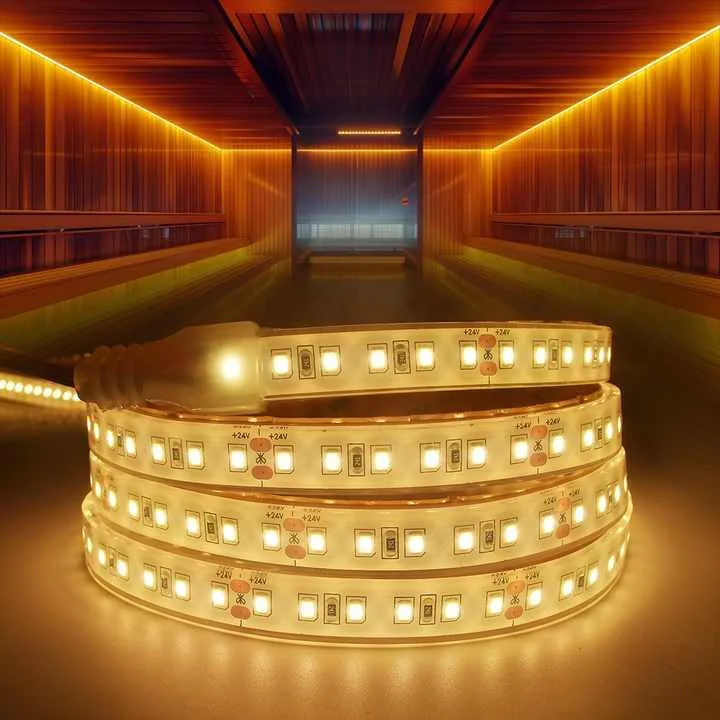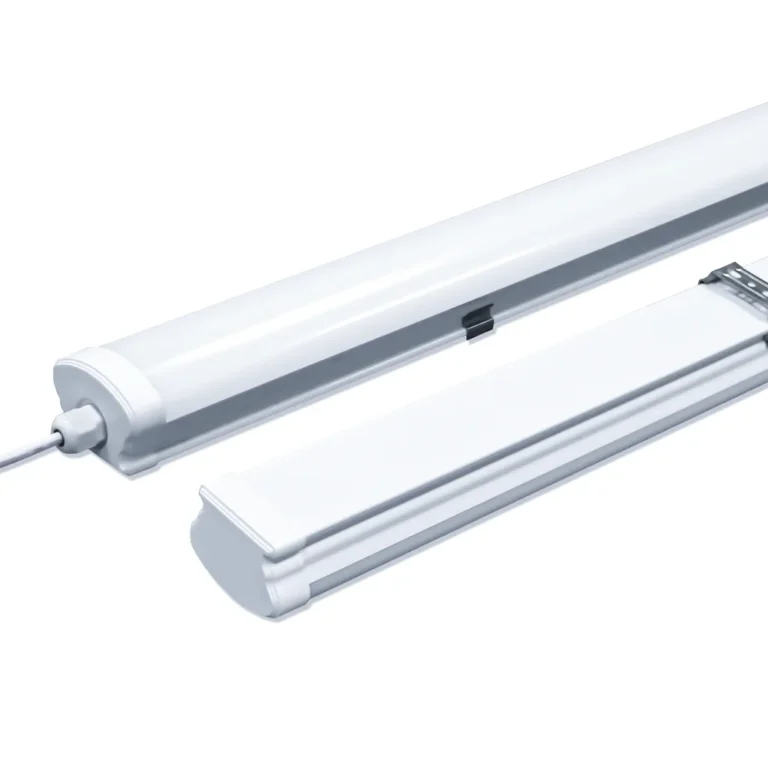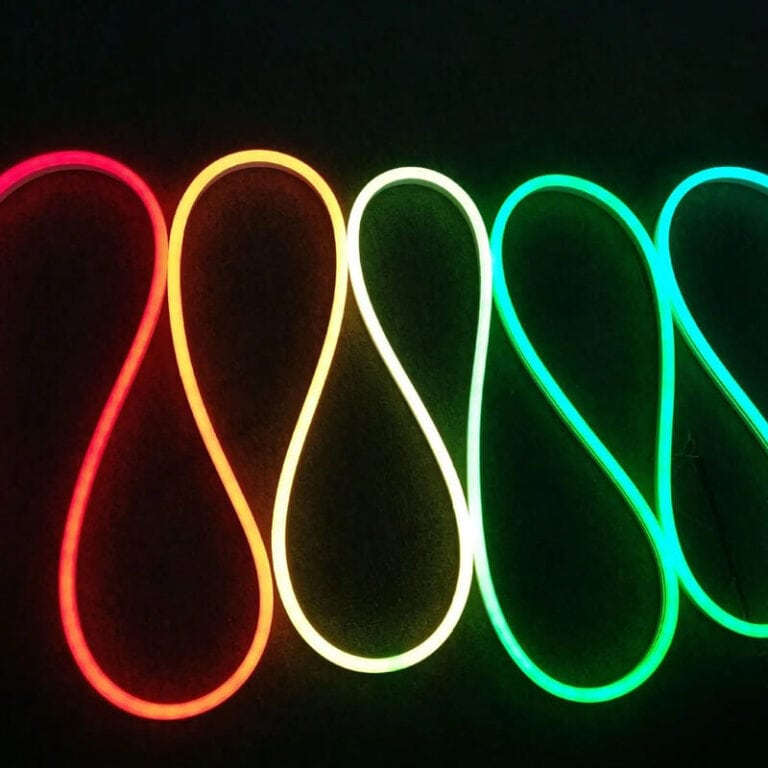Con el rápido desarrollo de la tecnología LED, los productos de iluminación se están volviendo más brillantes, más eficientes y más ampliamente utilizados en proyectos comerciales y residenciales. Sin embargo, las fuentes de luz de alta intensidad también pueden plantear riesgos potenciales para los ojos y la piel humanos. Para garantizar la seguridad, se utilizan estándares internacionales como IEC 62471 para evaluar la seguridad fotobiológica de la iluminación LED. Para los fabricantes e importadores, comprender y cumplir con esta norma es esencial para cumplir con las regulaciones del mercado y proteger a los usuarios de posibles peligros relacionados con la luz.
¿Qué es IEC 62471?
IEC 62471 es un estándar internacional desarrollado por la Comisión Electrotécnica Internacional (IEC) que define la seguridad fotobiológica de las lámparas y los sistemas de lámparas, incluidos los LED. Evalúa los peligros potenciales de la radiación óptica emitidas por las fuentes de luz.
Esta norma suele estar armonizada como EN 62471 en Europa y es un requisito clave para el marcado CE y las declaraciones de seguridad. Esencialmente, IEC 62471 ayuda a determinar si un producto de iluminación es seguro para la exposición humana a largo plazo, proporcionando un marco científico para la clasificación de riesgos y el etiquetado de seguridad.

¿Qué evalúa la IEC 62471?
IEC 62471 se centra en los efectos biológicos de la radiación óptica emitidas por los LED y otros Iluminación LED. La prueba evalúa la exposición a diferentes regiones de longitud de onda que pueden afectar los ojos o la piel, incluyendo principalmente:
Peligro UV: Riesgo de quemaduras en la piel o inflamación de los ojos causada por la radiación ultravioleta.
Peligro de luz azul: posible daño a la retina debido a la luz azul de alta intensidad, que es común en los LED blancos.
Peligro infrarrojo: daño relacionado con el calor en la piel o en los ojos causados por la radiación infrarroja.
Con base en los resultados de la medición, la fuente de luz se clasifica en cuatro grupos de riesgo:
Grupo exento (RG0): No hay riesgo fotobiológico.
Grupo de riesgo 1 (RG1): Bajo riesgo en condiciones normales.
Grupo de riesgo 2 (RG2): de riesgo medio, evitar la exposición directa a los ojos.
Grupo de riesgo 3 (RG3): Alto riesgo, se requieren medidas de seguridad.
Esta clasificación ayuda a los fabricantes a etiquetar sus productos con precisión y garantizar que los usuarios finales los apliquen de forma segura.
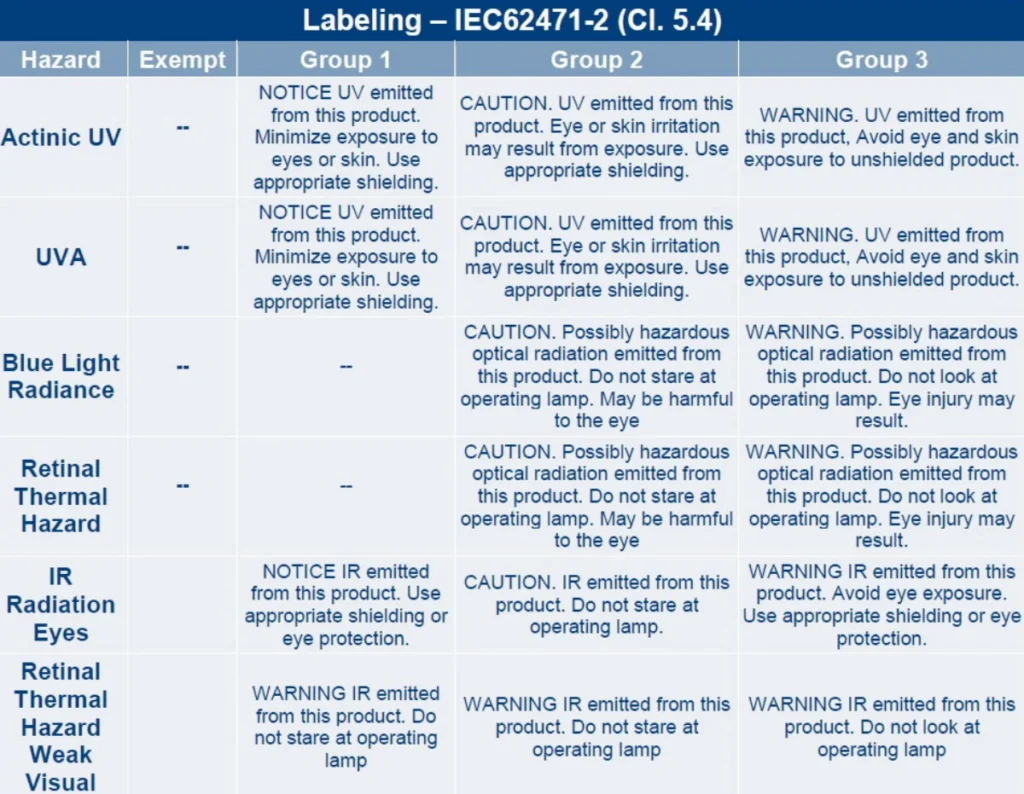
¿Por qué es importante la prueba de IEC 62471 para la iluminación LED?
Para los fabricantes de LED, pasar las pruebas IEC 62471 no se trata solo de cumplimiento, sino de fiabilidad del producto, reputación de marca y acceso al mercado.
Requisito normativo: Muchas regiones, incluida la UE, requieren el cumplimiento de IEC/EN 62471 para productos de iluminación antes de poder venderlos.
Seguridad del usuario: garantiza que la luz LED no emita niveles de radiación nocivos que puedan causar daños visuales o de la piel.
Ventaja de mercado: los productos con un rendimiento de seguridad verificado obtienen una mayor confianza entre los distribuidores, diseñadores de proyectos y clientes finales.
Gestión de riesgos: minimiza los riesgos de responsabilidad de los fabricantes e importadores en caso de quejas relacionadas con la salud.
En pocas palabras, la certificación IEC 62471 demuestra que sus productos de iluminación son seguros, responsables y diseñados profesionalmente para los mercados globales.
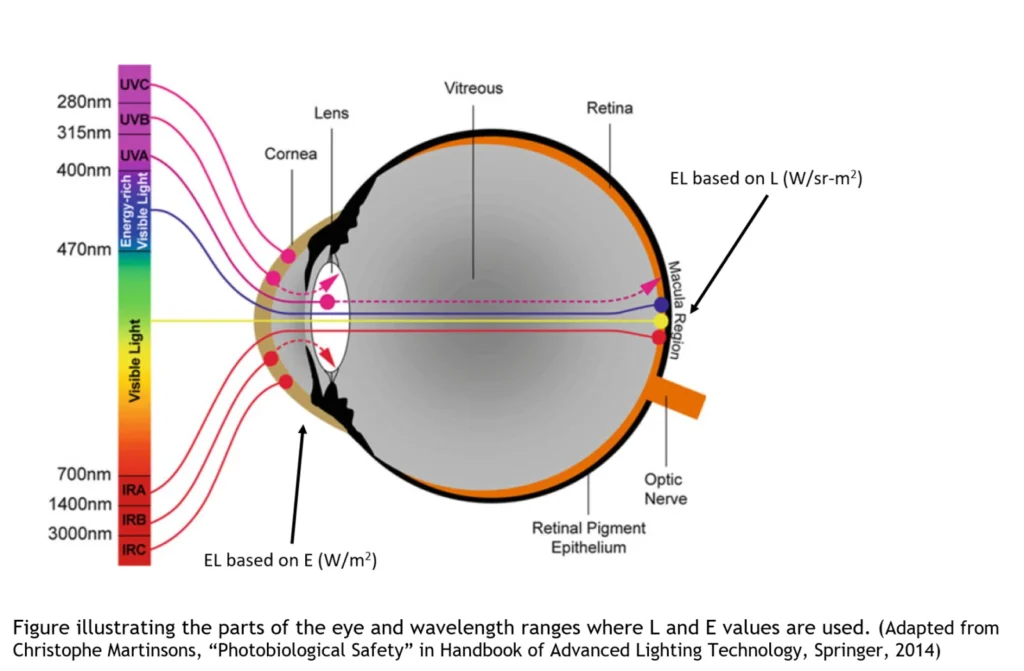
Cómo asegurarse de que sus accesorios LED pasen la prueba IEC 62471
Lograr el cumplimiento IEC 62471 comienza con un buen diseño óptico y selección de materiales. Aquí hay varias recomendaciones prácticas:
Optimice el diseño de la fuente de luz: reduzca los picos de luz azul excesivos ajustando los chips LED y la temperatura del color, generalmente CCT por debajo de 4000K es más fácil pasar la prueba.
Use difusores o lentes: agregar difusores ayuda a distribuir la luz de manera uniforme y a reducir los niveles de irradiación.
Controle la distancia y el ángulo del haz: Diseña los accesorios para que los usuarios no estén directamente expuestos a haces intensos.
Pre-test durante el desarrollo: realizar evaluaciones fotobiológicas preliminares en la primera clase de I+D para identificar los riesgos potenciales antes de la producción en masa.
Trabaje con laboratorios acreditados: los laboratorios de pruebas certificados como TUV, SGS o Intertek pueden proporcionar informes precisos de IEC 62471 y orientación profesional.
Seguir estos pasos aumenta en gran medida sus posibilidades de pasar la prueba sin problemas y garantiza que sus productos cumplan con los estándares de seguridad internacionales.

Conclusión
A medida que la iluminación LED continúa evolucionando, la seguridad fotobiológica se ha convertido en un aspecto clave del cumplimiento del producto y la competitividad del mercado. Comprender la IEC 62471 y diseñar teniendo en cuenta la seguridad ayudará a los fabricantes a crear productos de iluminación que sean eficientes y seguros para el uso humano.
En SignliteLED, diseñamos y fabricamos accesorios LED de alta calidad que cumplen con los estándares internacionales, incluido IEC 62471. Nuestro equipo de ingeniería se enfoca en la seguridad óptica y el cumplimiento para garantizar que sus proyectos de iluminación puedan ingresar a los mercados globales con confianza.
Si está desarrollando o obteniendo productos LED y desea asegurarse de que pasen las pruebas IEC 62471, no dude en contactar con SignLiteled para obtener soporte profesional y soluciones de iluminación LED personalizadas.
